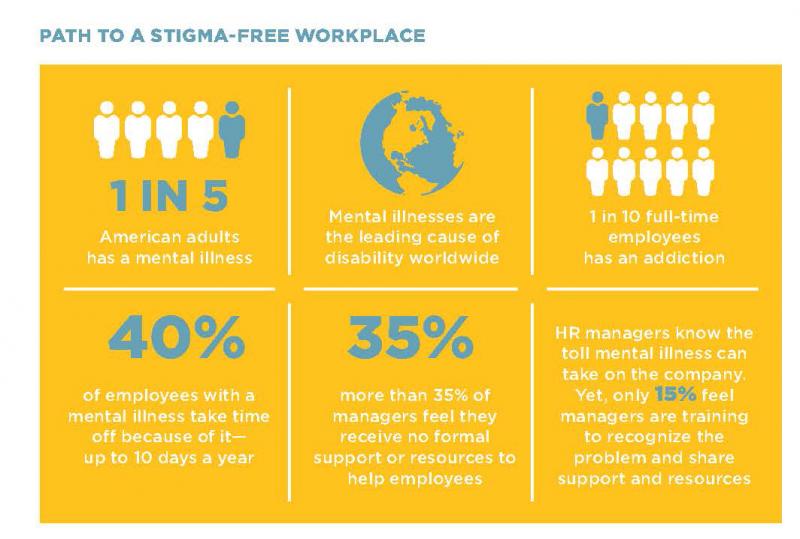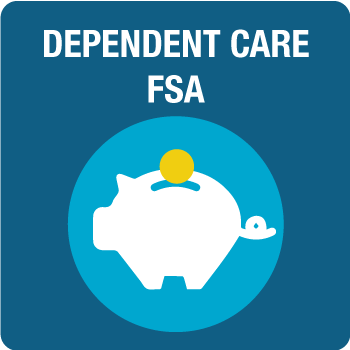Table of ContentsHow What Does A Health Care Administration Do can Save You Time, Stress, and Money.10 Simple Techniques For How Long Does Medicare Pay For Home Health Care?What Is Fsa Health Care Fundamentals ExplainedOur How Much Does Universal Health Care Cost Diaries
To save this word, you'll need to visit. versions: or health care \ helth-ker likewise heltth- \ efforts made to keep or bring back physical, mental, or emotional well-being particularly by experienced and licensed specialists typically hyphenated when used attributivelyhealth-care companies.
Prevention of illness and promotion of wellness Worldwide concentrations of healthcare resources, as illustrated by the variety of doctors per 10,000 individuals, by nation. Health care, health-care, or health care is the maintenance or improvement of health via the avoidance, medical diagnosis, treatment, recovery, or remedy of disease, disease, injury, and other physical and mental problems in individuals.
Physicians and doctor partners belong of these health experts. Dentistry, pharmacy, midwifery, nursing, medicine, optometry, audiology, psychology, occupational therapy, physical treatment, athletic training and other health professions are all part of health care. It consists of work carried out in supplying main care, secondary care, and tertiary care, as well as in public health.
Providing health care services suggests "the prompt use of individual health services to achieve the finest possible health results". Factors to think about in terms of health care access include monetary limitations (such as insurance coverage), geographic barriers (such as additional transportation costs, possibility to take paid time off of work to utilize such services), and individual constraints (lack of ability to interact with healthcare providers, poor health literacy, low income).
Health care systems are companies established to meet the health requirements of targeted populations. According to the World Health Company (WHO), a well-functioning health care system needs a financing mechanism, a trained and effectively paid workforce, reputable details on which to base decisions and policies, and well maintained health centers to deliver quality medicines and innovations.
The Only Guide for What Is Health Care Flexible Spending Account
Health care is conventionally considered as an essential determinant in promoting the basic physical and mental health and wellness of people around the globe. An example of this was the around the world removal of smallpox in 1980, stated by the WHO as the first illness in human history to be completely removed by purposeful healthcare interventions.
The delivery of contemporary health care depends upon groups of experienced professionals and paraprofessionals coming together as interdisciplinary groups. This consists of specialists in medication, psychology, physiotherapy, nursing, dentistry, midwifery and allied health, together with many others such as public health specialists, community health workers and assistive workers, who methodically supply individual and population-based preventive, curative and corrective care services.
Health care can be defined as either public or personal. The emergency clinic is frequently a frontline location for the shipment of main medical care. Medical care describes the work of health specialists who act as a very first point of assessment for all patients within the healthcare system.
Another professional would be a licensed independent practitioner such as a physio therapist, or a non-physician main care provider such as a physician assistant or nurse specialist. Depending on the locality, health system organization the patient might see another health care professional first, such as a pharmacist or nurse. Depending upon the nature of the health condition, patients may be referred for secondary or tertiary care.
It can be supplied in different settings, such as Urgent care centers which provide same day visits or services on a walk-in basis. Medical care involves the largest scope of health care, including any ages of clients, clients of all socioeconomic and geographical origins, patients seeking to preserve ideal health, and clients with all types of intense and persistent physical, psychological and social health concerns, including numerous chronic illness.
3 Easy Facts About How Much Does Medicare Pay For In Home Health Care Explained
Continuity is a crucial attribute of main care, as patients normally prefer to seek advice from the same specialist for regular check-ups and preventive care, health education, and whenever they need an initial consultation about a new health issue. The International Classification of Main Care (ICPC) is a standardized tool for understanding and evaluating details on interventions in medical care based on the factor for the client's go to.
Medical care also consists of many fundamental maternal and child healthcare services, such as family planning services and vaccinations. In the United States, the 2013 National Health Interview Study discovered that skin conditions (42.7%), osteoarthritis and joint disorders (33.6%), back issues (23.9%), conditions of lipid metabolic process (22.4%), and upper respiratory system disease (22.1%, omitting asthma) were the most common reasons for accessing a physician.
Physicians in this design bill patients straight for services, either on a pre-paid month-to-month, quarterly, or yearly basis, or bill for each service in the workplace. Examples of direct main care practices consist of Foundation Health in Colorado and Qliance in Washington. In context of international population aging, with increasing varieties of older grownups at greater danger of chronic non-communicable diseases, rapidly increasing demand for medical care services is expected in both developed and establishing nations.
Secondary care consists of severe care: needed treatment for a short duration of time for a quick but serious illness, injury, or other health condition. This care is typically discovered in a health center emergency situation department. Secondary care also consists of competent participation during childbirth, extensive care, and medical imaging services. The term "secondary care" is sometimes utilized synonymously with "hospital care".
Some medical care services are provided within healthcare facilities. Depending upon the company and policies of the nationwide health system, patients may be needed to see a medical care company for a referral before they can access secondary care. In countries which operate under a blended market health care system, some physicians restrict their practice to secondary care by needing clients to see a main care supplier first.
Examine This Report on How Does Electronic Health Records Improve Patient Care

In other cases, medical professionals may see clients without a referral, and clients may decide whether self-referral is preferred. In other countries client self-referral to a medical professional for secondary care is unusual as prior recommendation from another doctor (either a primary care doctor or another professional) is thought about necessary, no matter whether the funding is from private insurance coverage schemes or national health insurance.
Tertiary care is specialized consultative healthcare, typically for inpatients and on referral from a main or secondary health expert, in a facility that has workers and facilities for innovative medical investigation and treatment, such as a tertiary recommendation hospital. Examples of tertiary care services are cancer management, neurosurgery, cardiac surgery, cosmetic surgery, treatment for extreme burns, advanced neonatology services, palliative, and other intricate medical and surgical interventions.
Experimental medicine and some types of unusual diagnostic or surgical treatments are considered quaternary care. These services are typically just used in a restricted number of local or nationwide health care centers. Numerous kinds of health care interventions are provided beyond health centers. how does electronic health records improve patient care. They include lots of interventions of public health interest, such as food security monitoring, circulation of condoms and needle-exchange programs for the avoidance of transmissible illness.
Community rehabilitation services can help with movement and independence after loss of limbs or loss of function. This can consist of prostheses, orthotics, or wheelchairs. Numerous nations, especially in the west, are dealing with aging populations, so among the priorities of the health care system is to assist senior citizens live full, independent lives in the comfort of their own houses.
